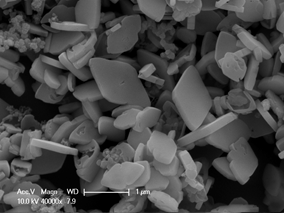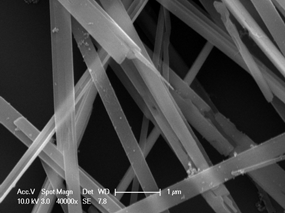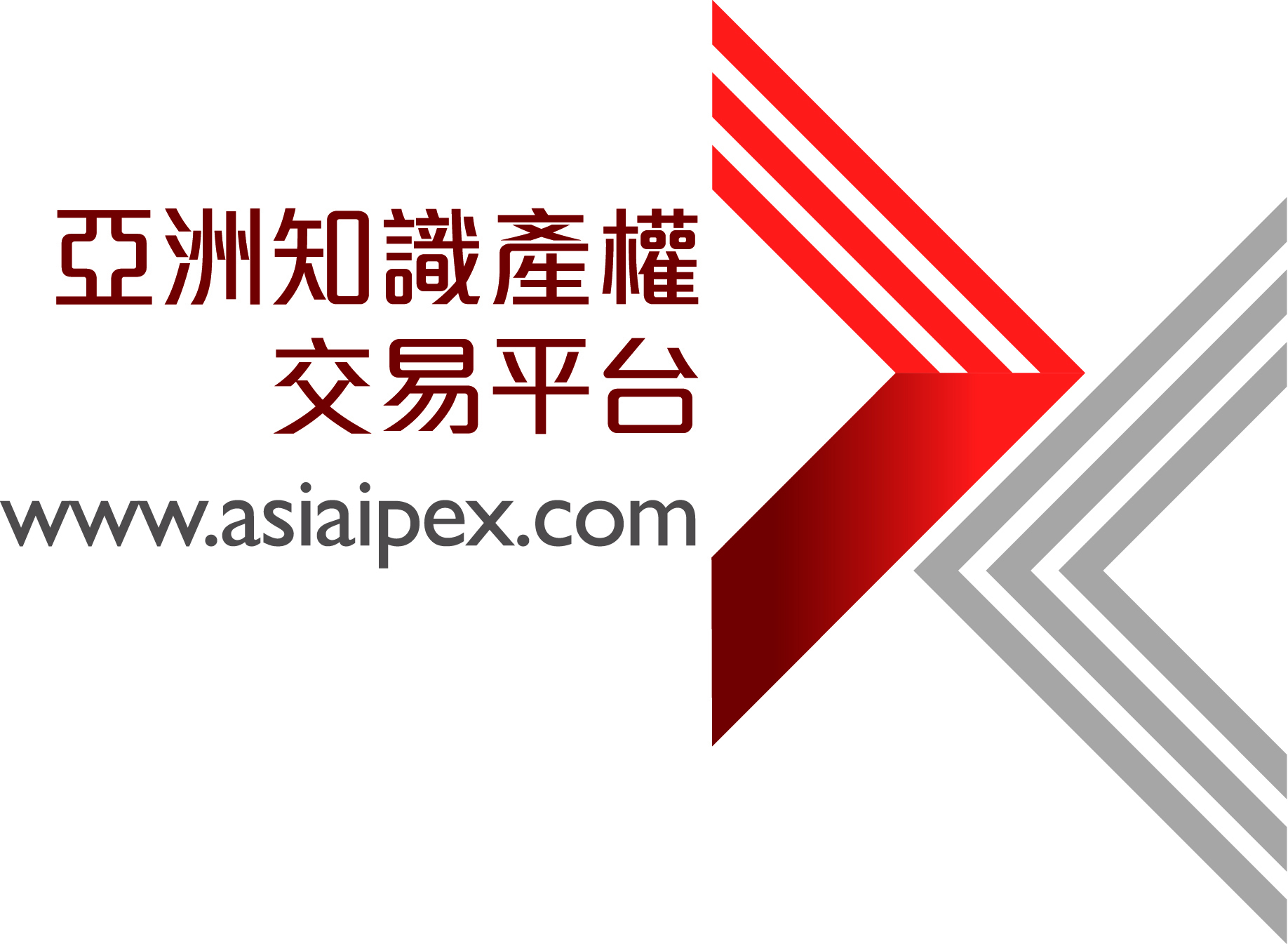Process to Synthesize Size Controlled Nanocrystalline Materials for Battery Electrodes
- 技術應用
- This low cost, low temperature and environmentally-friendly process may be used in the scalable manufacture of active materials for batteries, including both cathodes and anodes. These nanomaterials have use in batteries for renewable energy and power grid storage applications.
- 詳細技術說明
- None
- *Abstract
-
Researchers at UCR have developed a scalable and affordable process for synthesizing nanostructure materials like LiFePO4 (LFP) at low temperatures (150 to 200 oC) with highly reproducible sizes and morphologies. The nanocrystalline structures may be utilized as active elements in battery cathodes or anodes to enhance charging cycle stability or enhance capacitance (including when doped with conductive metals).
The process is performed at relatively low temperatures, and uses environmentally friendly solvents. This results in lower up front and ongoing manufacturing costs in cathode and anode production. The particle size and shape, as well as crystal orientation of the produced structures can be controlled, not only preventing loss of performance and capacity due to increased stresses and charge de-stabilization, but also improving rate capability. The nanostructures created with this method will result in increased battery power and energy density.

Fig. 1: Reproducible nanoprism crystal morphologies produced via the method described here.

Fig. 2: Reproducible nanobelt crystal morphologies produced via the method described here.
- *IP Issue Date
- Apr 18, 2013
- *Principal Investigation
-
Name: David Kisailus
Department:
Name: Jianxin Zhu
Department:
- 其他
-
Background
LiFePO4 (LFP) has become commercially important as a material for lithium ion batteries due to its high safety, long cycle life, low cost and outstanding rate capability when prepared in nanoscale form. The global lithium ion battery market is projected to reach 52 billion USD by 2024, with a CAGR as high as 17% until 2021. Affordable fabrication schemes are desired to produce superior cathodes and anodes for high performance lithium ion batteries.
Tech ID/UC Case
29138/2012-116-0
Related Cases
2012-116-0
- 國家/地區
- 美國






